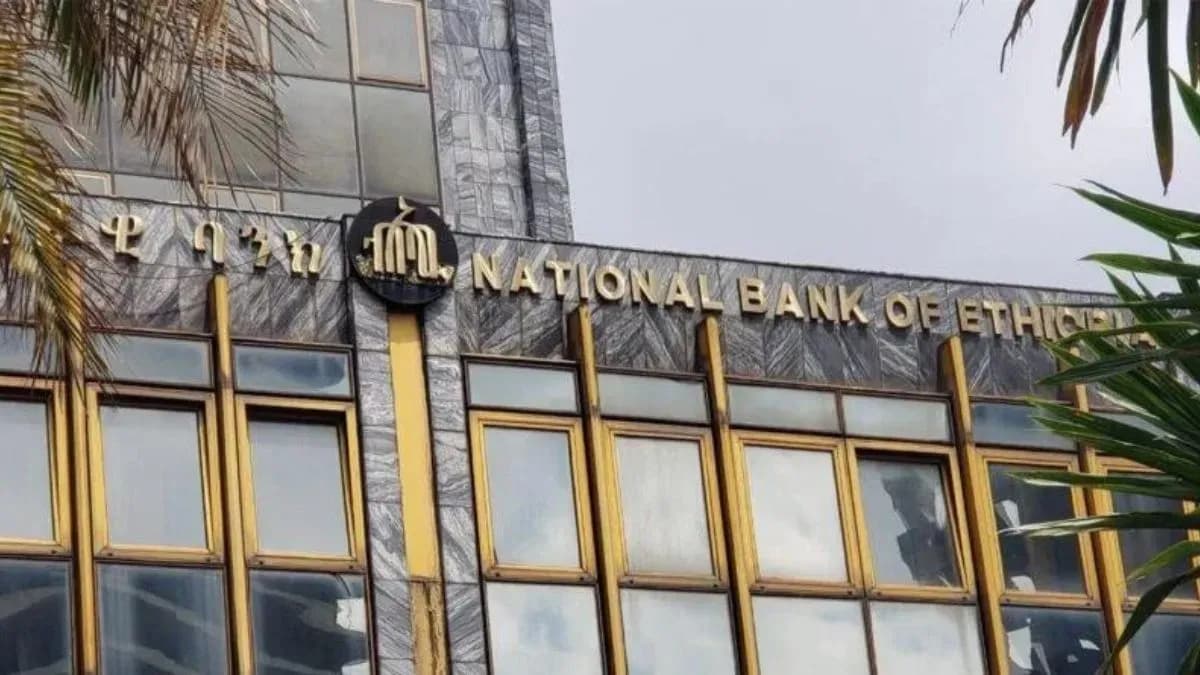Progress for 0 ad
Progress for 1 ad
Progress for 2 ad
Progress for 3 ad
Progress for 4 ad
Progress for 5 ad


Team Shega
Addis Ababa, Ethiopia

Following its second meeting and review of the Ethiopian economy, the recently formed Monetary Policy Committee (MPC) under the National Bank of Ethiopia (NBE) identified pinching liquidity hurdles with high levels of loan-to-deposit ratios prevalent across some banks. The Committee issued a statement on Tuesday in which it relayed a growing reliance by some banks on the five-month-old interbank money market and NBE’s standing lending facility to resolve their short-term liquidity challenges. Transactions in the money market had grown steadily to 338.8 billion birr by the end of last month, according to the Statement.
A precarious liquidity scenario was depicted in November’s financial stability report, as 58.5% of the total banking sector deposits were held by only 0.4% of depositors at the end of June 2024. Furthermore, the liquid assets of banks only incorporated a small share of high-quality liquid assets (cash) which set them up for difficulties in settling real-time transactions. A loan and bond to deposit ratio of 87.9% at the end of June suggested that most deposits are held by borrowers leaving little room for large and sudden withdrawals. The withdrawal of 360 billion birr would have pushed 20 banks' liquidity ratio down to 9.4% which is significantly below the regulatory minimum of 15 according to the stability report.
The MPC recommended a series of policies which entailed maintaining the National Bank Policy Rate at 15%, keeping the 18% credit cap on annual credit growth and no changes to reserve requirements or NBE’s standing lending and deposit rates. Future monetary policy decisions by the Committee are poised to be centered on inflation outturns and broader economic development. Nonethless, a 16.4% dip of food inflation year-on-year from 31% and four months of continued cool down in monthly inflation uptakes transpired, according to the Committee. Non-food inflation has also dampened to 15.6% year-over-year despite a slight uptick in the past few months due to exchange rate pass-through effects based on the Committee’s review.
The next meeting of the Committee is scheduled for the end of June 2025.
👏
😂
❤️
😲
😠

Team Shega
Your Email Address Will Not Be Published. Required Fields Are Marked *